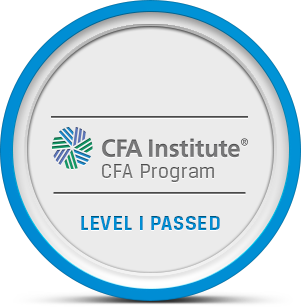
Chartered Financial Analyst Level 1
Get started today
Ultimate access to all questions.
A pension fund is required to disburse a lump sum of $10,000,000 to its participants in 15 years. Assuming the fund earns an annual interest rate of 5%, compounded semi-annually, the present value needed today to fulfill this future obligation is closest to:
A pension fund is required to disburse a lump sum of $10,000,000 to its participants in 15 years. Assuming the fund earns an annual interest rate of 5%, compounded semi-annually, the present value needed today to fulfill this future obligation is closest to:
Exam-Like
A
$4,767,427.
B
$4,810,171.
C
Comments
Loading comments...